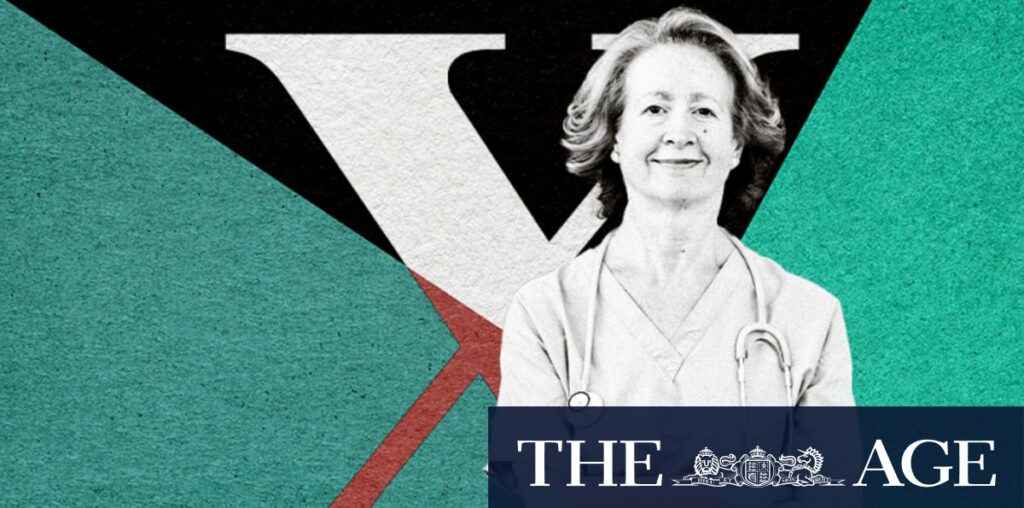Loading
“Realistically looking at everyday expenditure needs and wants is critical. Factoring in how inflation will affect this over time and planning for recurring larger expenses such as paying off any remaining debts on homes, holidays and replacing items like vehicles will also ensure they can be well informed.”
Once you’ve considered your ideal scenario, you can then start working out whether your current balance is growing appropriately to fit your needs.
This process could involve getting professional advice, McKindlay says, but you can also start to sketch this out yourself.
“For those who prefer to work through it themselves there’s some great calculators and resources available online with most super funds, and Moneysmart, that can assist.”
Tidy up
Now’s also the perfect time to clean up any lingering or forgotten accounts.
“If you have multiple super accounts, you could consider consolidating them into one fund, to avoid paying several sets of fees. Having just two super accounts can mean a typical person misses out on as much as $51,000 in retirement,” Super Consumers Australia chief executive Xavier O’Halloran says.
Don’t forget to check what insurances you’re paying in an account before you roll it over.
“Be mindful that exiting funds and consolidating may affect your insurance cover so it’s important to check the ramifications first,” he says.
Mind the gap – but know you can catch up
By the time you approach your 40s and 50s, the effects of the gender superannuation gap may be obvious in your own account.
Professor of finance at Griffith University, Robert Bianchi, says there are several reasons for the gap in median super balances between male and female savers. The gap widens as people move from their 20s to their late 50s.
“Females, on average, tend to be caregivers in their respective families which means they tend to take time off or exit the workforce to care for vulnerable family members, such as elderly or sick parents, sick children and more,” he says.
If you check your balance and realise it’s not where you want it to be, the good news is you have one or two decades left to close the gap.
This could include considering making additional salary sacrifice contributions to your fund, or researching “carry forward” provisions that could let you make extra payments to your account in one financial year if you haven’t reached contributions limits in previous years.
Loading
“It’s a great time to look at how different superannuation contribution strategies can move your investments into a tax-advantaged environment, where you may be paying less tax within super than if you were to invest in your own name,” McKindlay says.
Cover your bases
Now’s also a good time to review the insurances you’re paying for within super and whether these are working for you, McKindlay says.
“Whilst insurance can be a wealth protector and it’s certainly needed for most households at some point in time, it can also cause a lot of wealth erosion, particularly as you get older.”
Doing a quick stocktake of what you’re paying for within your fund can help clarify what you’re covered for. It can also get you thinking about whether it makes more sense to hold some of your insurance policies outside of superannuation.
“It’s a complex area, so make sure you check the product disclosure statements and ask lots of questions,” McKindlay says.
This is the fourth part of our six-week Gen Super series, which takes an in-depth look at what to do with your superannuation at each age, from Gen Alphas just starting in their first jobs to Baby Boomers, who are just starting to retire – and beyond.
- Advice given in this article is general in nature and not intended to influence readers’ decisions about investing or financial products. They should always seek their own professional advice that takes into account their own personal circumstances before making any financial decisions.
Expert tips on how to save, invest and make the most of your money delivered to your inbox every Sunday. Sign up for our Real Money newsletter.
This story was created in partnership with Colonial First State. The content is independent of any influence by the commercial partner.


